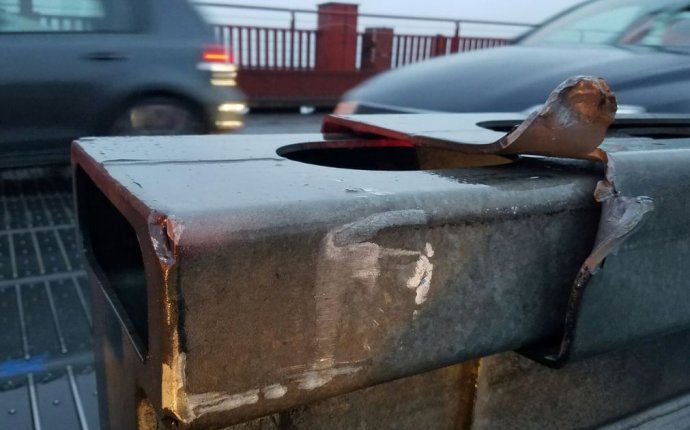
Golden gate Bridge repaired
| | Major Bridge Improvements | Current Projects | Painting the Bridge
The caretakers of the Golden Gate Bridge include the engineers and architects that had the vision to create such an incredible landmark, the rugged individuals who built this one-of-a kind masterpiece, and the skilled crafts people and engineers that have taken care of it since opening day in 1937.
Joseph B. Strauss led the way as Chief Engineer of the Golden Gate Bridge. Strauss was assisted by a talented team that included: Strauss Engineering (later to become Strauss and Paine, Inc.) Vice Presidents Charles A. Ellis and Clifford E. Paine; Consulting Engineers O.H. Ammann, Charles Derleth, Jr. and Leon S. Moisseiff; and, Consulting Architect Irving F. Morrow. These individuals, along with many dedicated workers and professionals, oversaw the creation of a structure which has become world-renowned. The Golden Gate Bridge has earned the reputation as the world's most spectacular Bridge and is one of the most visited sites in the world.
The most famous of the original construction workers became known as the Halfway-to-Hell Club when the safety net suspended beneath the floor of the Bridge saved the lives of nineteen men. Until February 17, 1937, there had been only one fatality during the construction of the Bridge. This was a new record in a field where the norm had been that one man was killed for every million dollars spent. On that sad day in February, ten men lost their lives when a section of scaffold carrying twelve men fell through the safety net.
For more information about the original construction and the workers that built the Bridge, there are several great books and videos available through this website at our Gift Center.
The Golden Gate Bridge (Bridge) is one of three operating divisions of the Golden Gate Bridge, Highway and Transportation District (District). The operating divisions include: Golden Gate Bridge, Golden Gate Transit and Golden Gate Ferry. The Bridge Division employs about 200 employees that operate and maintain the Bridge under the direction of the Deputy General Manager, Bridge Division. The Bridge Division captures the true meaning of the words "team effort", with all of the skilled crafts and trades working together to accomplish the job at hand.
A revered and rugged group of ironworkers and painters battle wind, sea air and fog, often suspended high above the Golden Gate Strait, to repair corroding steel. Ironworkers replace corroding steel and rivets, make small fabrications for use on the Bridge, and assist painters with their rigging. Ironworkers also remove plates and bars to provide access for painters to the interiors of the columns and chords that make up the Bridge. Painters prepare all Bridge surfaces and repaint corroded areas.
Operating engineers and mechanics ensure that all equipment and vehicles are in good repair. Electricians maintain toll equipment and all electrical components of the Bridge. They also operate the fog horns. Communications technicians ensure that radio communications are always operational. A streets and grounds team keep the surrounding areas of the Bridge in proper repair and attractive for the over ten million visitors each year.
The Bridge captain oversees the activities of the toll office and roadway operations, coordinating an around-the-clock workforce to ensure the smooth flow of traffic. There have been nine Bridge captains since the Bridge opened in 1937:
- Raymond T. Logan until sometime in FY 1961/1962
- Ed Moore, retired in 1971. Moore also worked on the Bridge during original construction.
- Michael Locati
- Lisa Locati
Bridge sergeants and lieutenants respond to inquiries, accidents and emergencies - in fact, to date, two babies have been born at the Toll Plaza! A team of Bridge patrol officers, who also report to the Bridge captain, are responsible for Bridge security.
Bridge officers (toll collectors) accept and record all cash toll transactions. They are well known for both their friendliness and accuracy. With the addition of the Electronic Toll Collection (ETC), known as FasTrak, in July 2000, Bridge officers are necessary as tolls are also collected manually as not all toll lanes are designated as "FasTrak Only."
Laneworkers ensure the reversible lanes are in the proper configuration before each morning and afternoon commute period begins. They also respond to any emergency lane change requirements that may arise. Service operators assist disabled vehicles on the Bridge and its approaches. Tow service trucks are on site 24-hours a day, ready to respond to any emergency.









